If you sit at a desk all day, you might wonder: Should office workers wear compression socks? Compression socks for office jobs can effectively combat the many hours of inactivity, helping to improve your circulation, reduce your discomfort, and lower your chances of developing blood clots.
Let's explore the benefits of wearing compression socks when sitting at a desk all day.
What Are Compression Socks?
Compression socks apply gentle pressure to your legs, boosting blood flow to your heart. Improving circulation prevents swelling, discomfort, and serious issues like blood clots. People who play sports while recovering from surgery or sit or stand for long periods (such as nurses, truck drivers, and office workers) may benefit from their regular use. Compression socks, also known as compression leg sleeves, can prevent blood from pooling in your legs, keeping your legs healthy and comfortable.
7 Benefits of Compression Socks for Office Workers
Wearing compression socks can help those with office jobs fight muscle fatigue and prevent medical issues. They're also a great way to inject fun into your daily wardrobe. Here are seven benefits worth noting.
- Prevention of Aches
Sitting slows down your blood circulation, making it harder for your muscles to get oxygen. The result? Stiff, sore legs. Wearing compression socks helps improve blood flow, delivering more oxygen to your muscles and preventing that painful stiffness you get while sitting at your desk all day. And suppose your feet usually get cold, especially during the winter. In that case, compression socks for cold feet can help you stay warm and comfortable.
- Prevention of Dizzy Spells
Have you ever felt dizzy after standing up? Sitting too long can cause orthostatic hypotension (low blood pressure when transitioning to standing). When this occurs, it means blood has pooled in your legs and can't circulate back up to your heart efficiently, ultimately causing your blood pressure to drop. By wearing cozy compression socks, you can prevent a dizzy spell each time you grab another cup of coffee or walk to a coworker's desk. Compression socks raise your blood pressure slightly, benefiting those with chronically low blood pressure.
- Improved Blood Flow
Sitting for long periods can increase your risk of dying from cardiovascular disease. When you're inactive for hours — especially if you don't exercise regularly — fatty acids build up in your blood vessels, restricting your blood flow. Over time, this can raise your blood pressure significantly and lead to heart problems. While compression socks aren't a substitute for regular exercise, they can help improve your circulation while you're typing away at your computer, making it easier for your body to move those fatty acids along and prevent buildup.
- Prevention of Blood Clots
Sitting all day puts you at risk for deep vein thrombosis (DVT), which is when blood clots form in the deep veins of your legs. Blood clots can be dangerous because they can travel to your lungs, causing a life-threatening condition known as pulmonary embolism. By wearing compression socks, you can keep your blood flowing properly, reducing the risk of clots forming in the first place. Suppose you're an office worker who sits for hours at a time. In that case, compression socks are a simple way to protect yourself from this serious condition.
- Prevention of Varicose and Spider Veins
Prolonged sitting can also lead to varicose and spider veins, which occur when blood backs up in your veins, causing them to bulge. Wearing compression socks can help with nerve pain and keep your blood flowing in the right direction, reducing the pressure on your veins and helping prevent these unattractive and sometimes painful conditions.
- Boosted Energy Levels
Sitting for extended periods can cause sluggish circulation, which can plummet one's energy during the workday. Meanwhile, compression socks improve blood flow and oxygen delivery, helping to keep one's legs feeling energized and reducing the overall tiredness one may feel after long hours of sitting.
- Fun Way to Accessorize
Gone are the days when compression socks looked bulky and unattractive. Today, they come in stylish designs that are difficult to distinguish from regular socks. Whether you need dressy-looking socks for the office or more casual and fun designs like striped compression socks, there are compression socks out there to fit all your style preferences and outfit needs. To ensure you're wearing the right size, look for specially designed compression socks for men or compression socks for women.
How to Choose the Right Compression Socks for Work
Are you a total beginner when it comes to wearing compression socks? Have no fear. Finding the right pair for you depends on your needs. Compression socks come in different compression levels, which people measure in millimeters of mercury (mmHg). The higher the mmHg, the more pressure the socks apply to your legs.
Compression Socks: Recommended Pressure Levels
- Mild Compression (15-20 mmHg): This level is great for office workers with no serious vein issues. It offers light support and promotes healthy circulation.
- Moderate Compression (20-30 mmHg) is perfect for those with mild swelling, varicose veins, or anyone sitting for long periods.
- Firm Compression (30-40 mmHg): Typically recommended for people with more severe swelling, varicose veins, or those recovering from surgery.
Best Materials and Features in Compression Socks
- Breathable Fabrics: Look for socks made from moisture-wicking materials like nylon or merino wool, which help keep your feet dry and reduce odor.
- Seamless Construction: A seamless design prevents irritation and blisters, making the socks more comfortable for long-term wear.
- Reinforced Heels and Toes: These features add durability, which is especially useful if you plan to wear the socks frequently.
- Temperature Regulation: Some compression socks offer temperature-regulating technology, keeping your feet warm in winter and cool in summer.
Consult your doctor, especially if you have any underlying medical conditions, for more detailed information on selecting the ideal compression level and materials.
Lastly, wash your compression socks after every use to keep them fresh and maximize their effectiveness.
Frequently Asked Questions
Should I wear compression socks in the office?
Yes, wearing compression socks in the office can improve circulation, reduce swelling, and prevent the discomfort that sitting for long periods causes.
Do compression socks help if you sit at a desk all day?
Yes, compression socks help improve blood flow, reduce leg swelling, and prevent the risk of blood clots when you're sitting at a desk all day.
What are the best compression socks for a desk job?
The best compression socks for a desk job offer moderate Compression (15-20 mmHg), are made from breathable, moisture-wicking materials, and come in stylish designs that blend seamlessly with office attire. Look for options with added arch support and cushioning for all-day comfort.
What jobs should you wear compression socks for?
Compression socks are beneficial for jobs requiring long sitting or standing hours, such as office workers, healthcare professionals, truck drivers, and retail employees.
Is it better to work out with compression socks?
Yes, wearing compression socks during workouts can help improve circulation, reduce muscle fatigue, and support faster recovery.

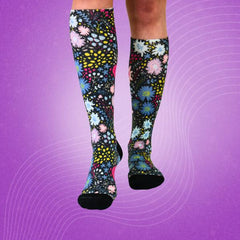
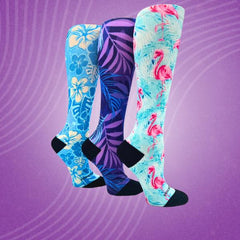
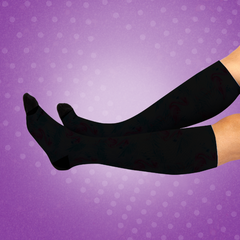

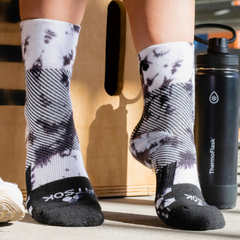
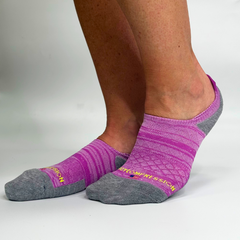




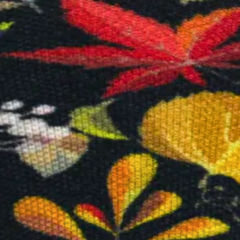




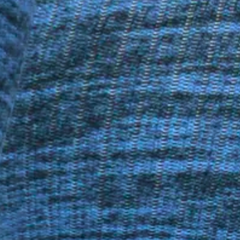



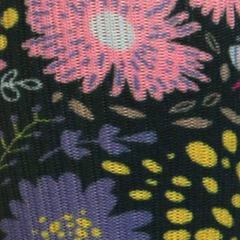
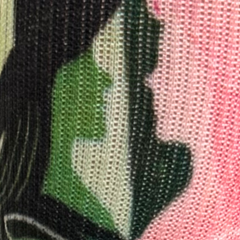

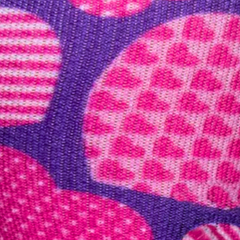

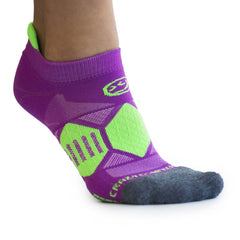

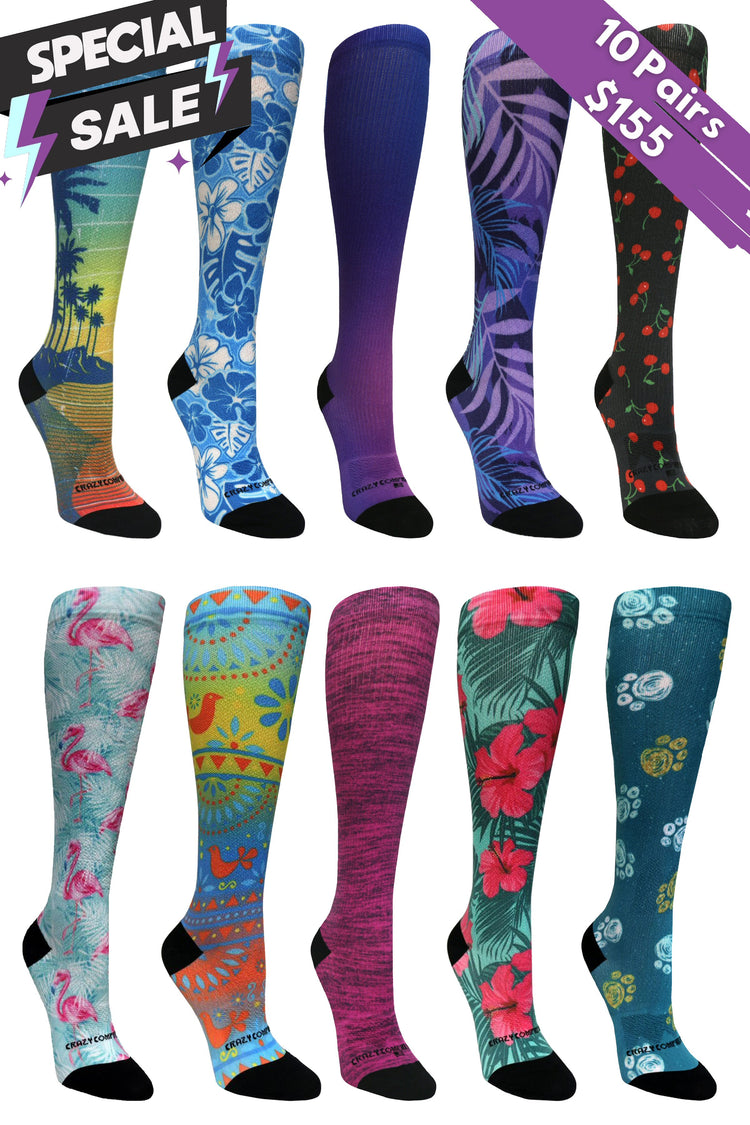



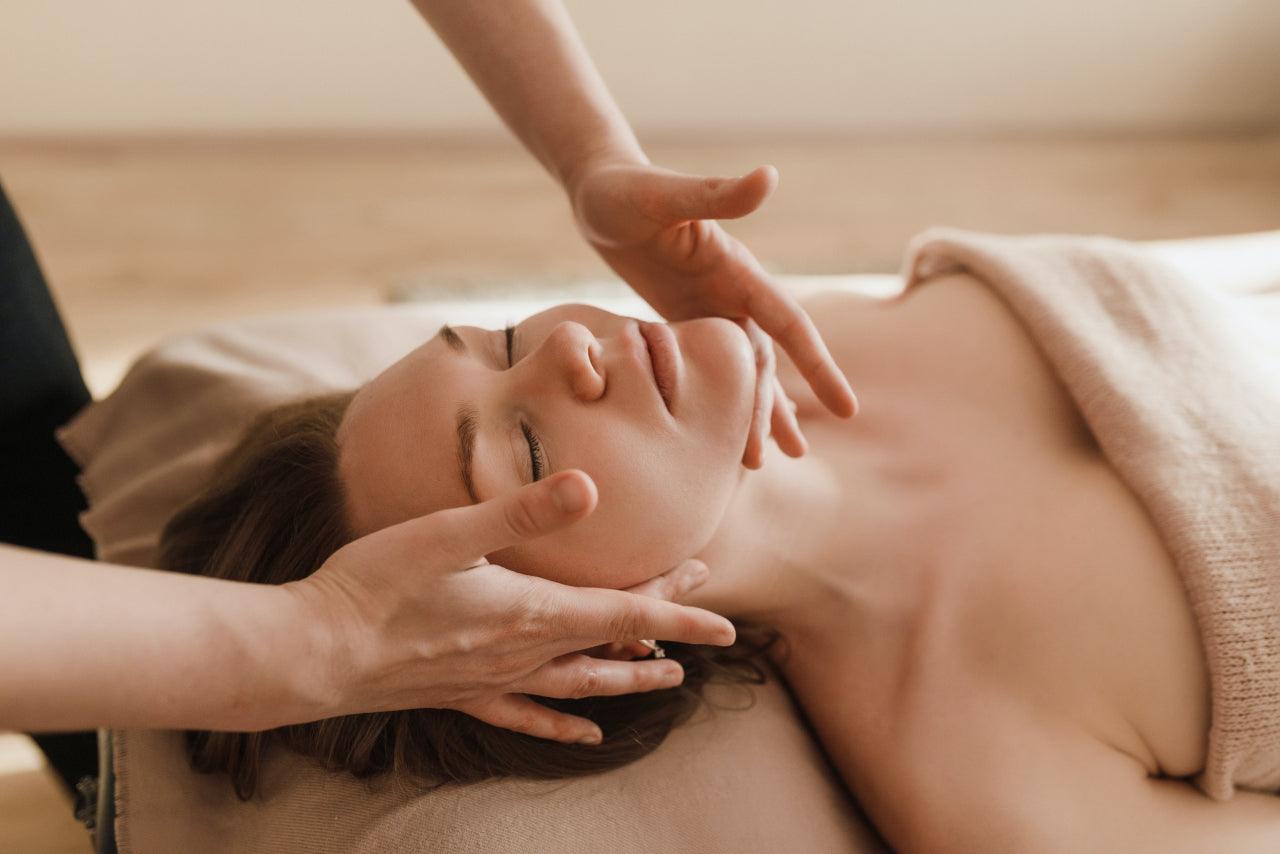
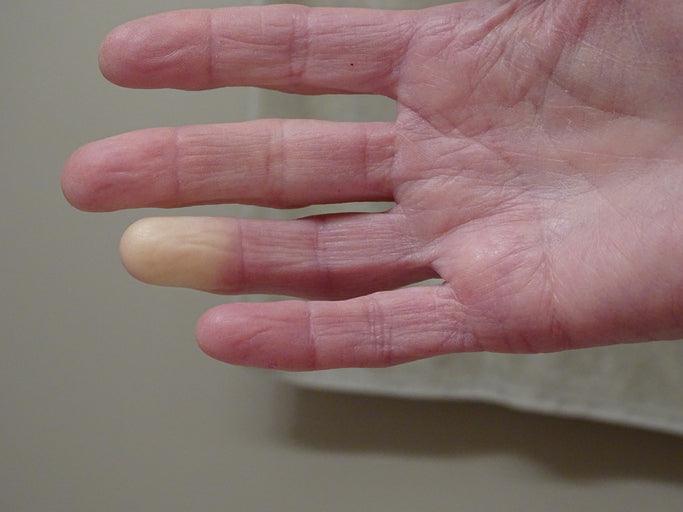
Leave a comment
This site is protected by hCaptcha and the hCaptcha Privacy Policy and Terms of Service apply.